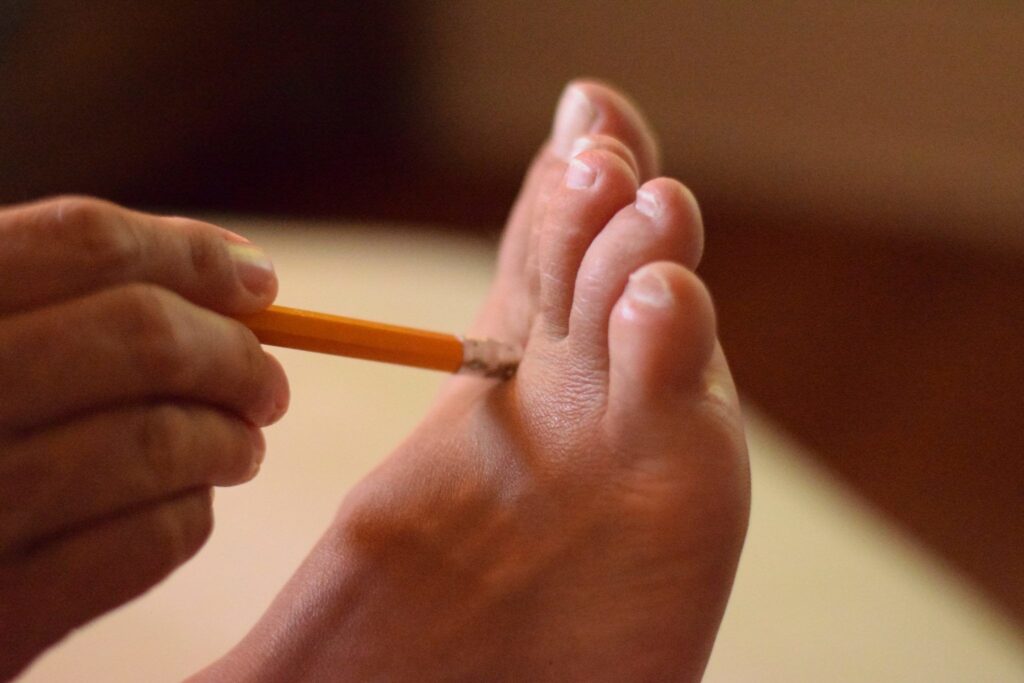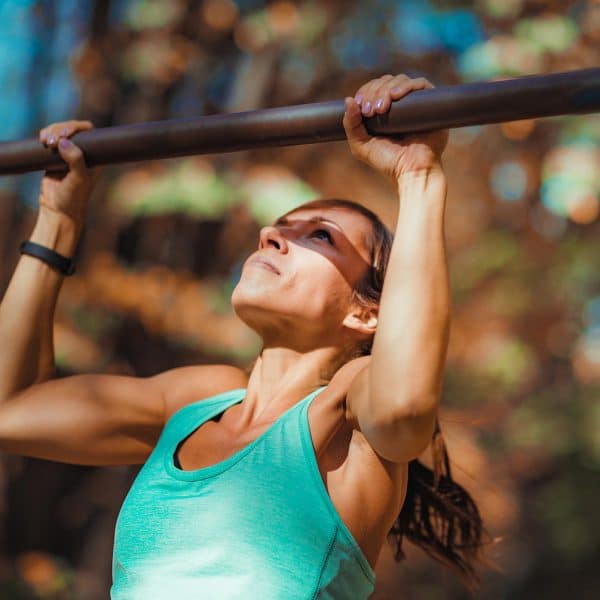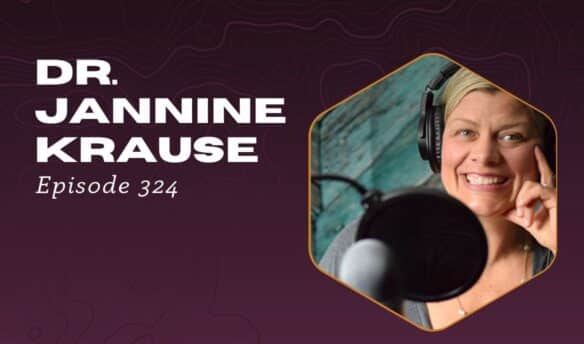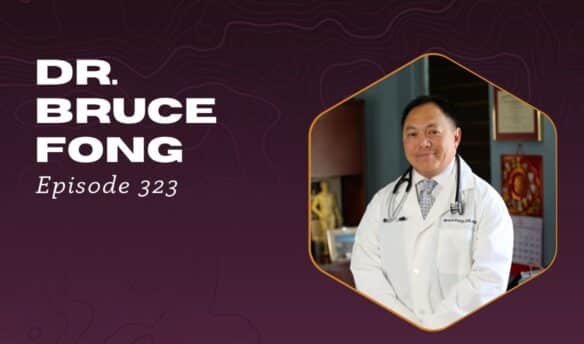Reducing pain and improving mobility can be stressful and expensive. The process can lead people to believe they have arthritis or even need surgery. Payments for acupuncture, chiropractor appointments or massages can get very expensive!
The truth is that pain or immobility isn’t always a permanent thing. Often times it could be alleviated with simple changes in your daily life like stretching, walking, changing your office chair or eating differently. The source of the pain may be from an old injury that never healed correctly, or maybe a job that requires hours of sitting each day.
Are you not as active as you once were? Maybe you stopped running because of knee pain or you’re unable to put on socks and shoes like you used to.
Fortunately, there are things you can do right now, in your home, that can help alleviate pain and increase mobility. In this blog, I address how different parts of our body affect each other. We will look at ways to determine what may be wrong or what areas need some love. And we will look at a number of mobility enhancement techniques you can do on your own.
Discovering Your Problem Area
When mobility is reduced, we work on releasing adhesion in order to increase mobility. If a particular area is hurting, we look at the muscles above and around that area in order to help improve the affected area.
With chronic back or knee pain, we want to look at the feet and see what’s going on there. Often times a person’s ankle isn’t bending and moving like it should. This affects how the foot moves as well as how the knees and hips move. You see, skin adheres to muscle and the muscles adhere to each other, and so muscles should move over each other easily.
Most of us are walking around with tight calf muscles and we don’t even realize it. Working on the calf muscles can help relieve chronic foot pain, such as plantar fasciitis, which is a pain associated with the bottom of the foot or heel. Additionally, if you can’t move your ankle very well, chances are you’re going to have issues with your hips, or your knees. Most of the time, remedy is found in working on your calf muscles.
If your knee is hurting, it’s possible that nothing is functionally wrong with the knee itself. It could be that there’s a tendon or ligament that’s pulling on it. If you’re experiencing pain behind the knee, oftentimes this is due to your hamstrings being really tight. One of the ways to help release pain the the knee is to work behind the knee at your calf muscle. And just below the knee crease there are some tender spots you can work there as well. Now if your hip hurts, your wanting to look into your glutes, or the muscles slightly below your hip or around your pelvis.
Most of us have knots at the top of the shoulder, or pain in the neck. This is a critical point that you can use the gua sha tool (this technique explained in more detail later in the blog) to help reduce those knots.
You may be experiencing lower back pain as a result of tight hips. Because a lot of us have tight hips from sitting all day at our jobs, this is going to further pull our bodies forward, putting some strain on our backs and glutes.
Click HERE to learn the anatomy of your neck and shoulders.
Smaller Areas Are Still Important
The elbow is actually a biggie for everybody out there. Your arm muscles are responsible for bending and straightening your elbow joint. If these muscles are tight or weak or strained, then they are going to be out of balance and start affecting each other. Strangely enough, it’s these arm muscles that can lock up when you are typing, texting or gaming. It is really amazing how these muscles, joints and ligaments are all attached and effect each other down the line!
Click here to learn the anatomy of the elbow.
The number one joint to have arthritis is our thumb. We use our thumbs so much! Sadly, all to often we don’t take care of our forearm muscles, which help to move our thumb. Checking the muscles around your hand can also help to reduce pain in your fingers and wrist.
Click for ways to diagnose thumb pain.
3 Ways to Help Painful Areas
When facing pain and immobility in your life, work through the tender areas at least three times a week. Have a partner help you get those hard to reach places and consider trading off with your partner to motivate each other to help out and get healthy. These mobility techniques will help grease your joints and get you moving.
The Gua Sha Tool
Gua sha is a tool used to scrape tissue in order to increase mobility. That might sound barbaric and honestly it’s a little painful. But if you use a bit of coconut oil or olive oil, the use of the tool will work on releasing adhesion.
Hold the edge of the tool against the muscle, applying pressure while creating “painting stroke” movements. This will create some irritation – it’s this friction that gets blood flowing to areas your body has forgotten about. And if you see a muscle spasm—that’s okay, let it spasm. This process is actually breaking up areas with knots or little lumps in the muscle. This helps your muscles get that smooth, gliding motion and you’ll notice an increase in movement.
Cupping
You can use a silicone cup or a cup with a pump to create suction applied to the muscle. The skin should feel tight and tender. Discoloration such as dark red or dark purple is a good thing because the cup is working to get blood flow to areas that have been neglected.
– Find tender spots and center the cup there
– Leave the cup on for 10-15 minutes
– Pull it off, then work the area with the gua sha tool
Foam Rolling
This exercise is an easy way to get blood flowing into certain areas. It’s much like stretching, but it doesn’t help with mobility as much as the gua sha tool. Click here for a video tutorial on foam rolling.
One Single Simple Solution
One of the best things you can do to align your body and get things moving properly is to start walking. Now a lot of us have those desk jockey jobs and we end up sitting for 4 or more hours a day. This much sitting can really affect your posture which contributes to poor walking tendencies, so it’s really important to assess how we’re walking.
1. Look at yourself in the mirror
2. Look from the side and notice your posture
3. Are you leaning forward? Or backward?
4. What are your shoulders doing?
5. Try rolling your shoulders back
6. Look straight ahead and imagine there’s a string pulling your head upwards and pulling your rib cage backwards–notice how that feels
7. Now try walking around the room. It may feel strange, but this is the normal posture.
A great resource for more of this information is provided by one of my favorite people, Jonathan Fitz Gordon. His website, www.corewalking.com, teaches us how to walk again.
Feel Better Today
If you’re ready to get moving, start small and build from there. If one technique isn’t working for you, try something else that does work for your body or your lifestyle. Grab a partner who will keep you motivated and help you with with those hard to reach places. Better yet—you can take turns and really help each other out!
Consistency is important, so try doing these techniques two to three times a week and you will notice improvement. If you’re struggling with this and you’re needing some help, I’m all ears. I absolutely love to talk about this stuff. Feel free to contact me today or look around my website for more information resources.
Enjoying this blog post and want to hear more? Click HERE to listen to my podcast on this topic!
Looking for more articles on this topic? Click HERE to check out an article by 25 Doctors!
youtube






To prevent this from happening before and after your run you should do yoga stretches to improve flexibility and relax the muscles. Refrain from using uncomfortable shoes and outfit.
Yes poor shoes or old shoes can make all the difference. I am a big supporter of making sure that you go to a professional to ensure you are wearing the right shoes for your foot. Yoga after runs is lovely as is stretching.